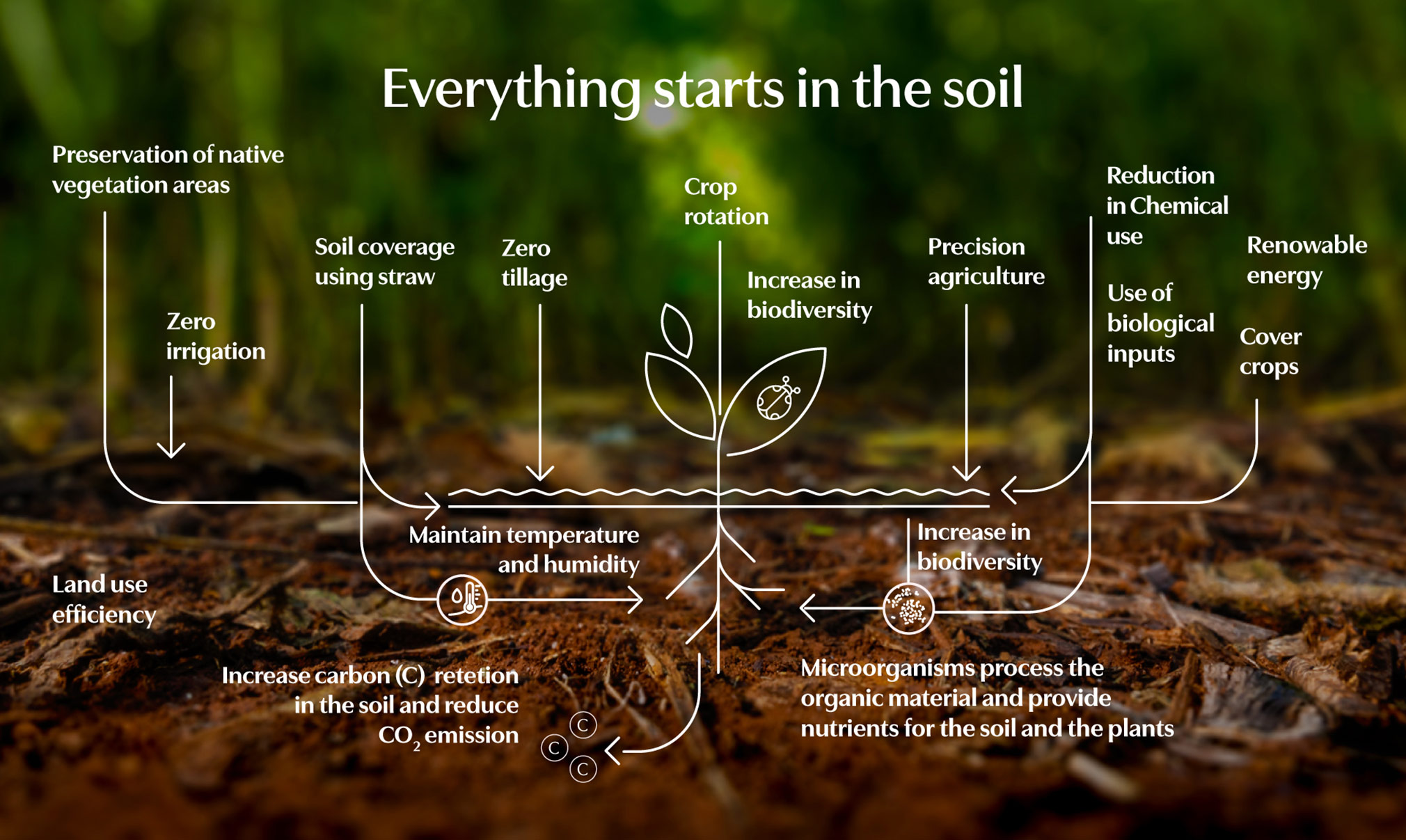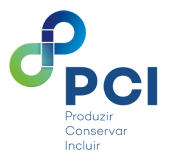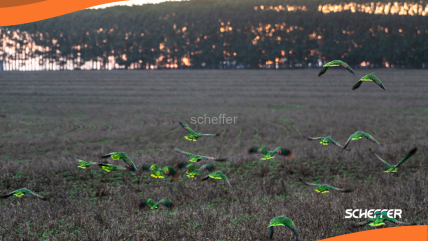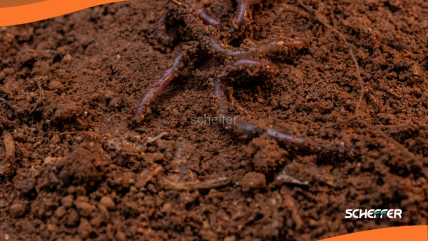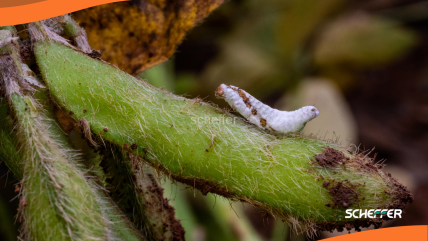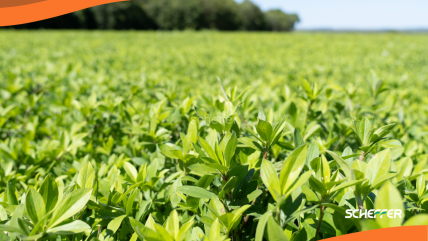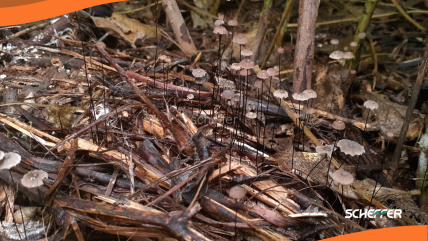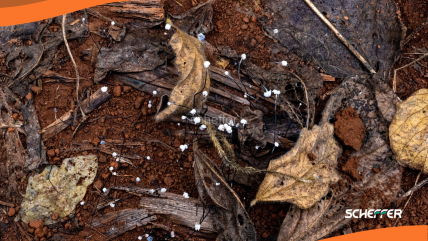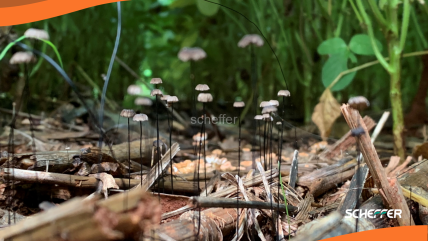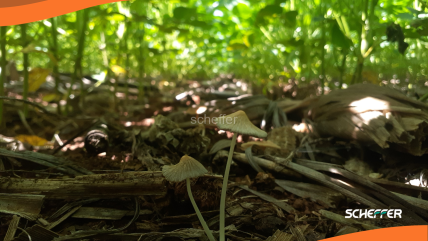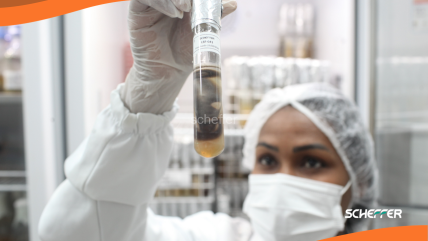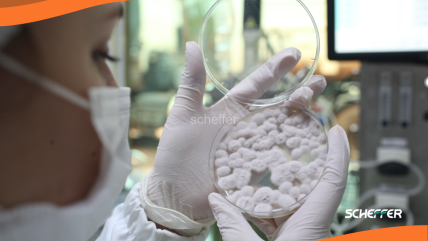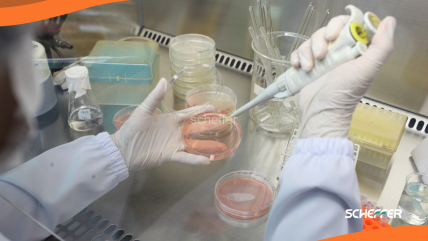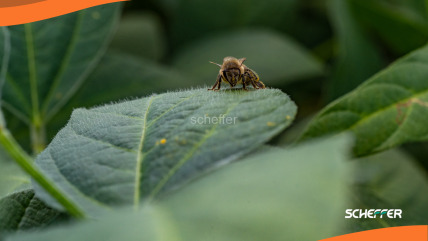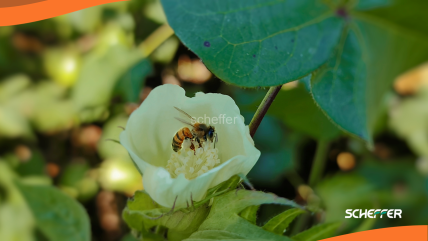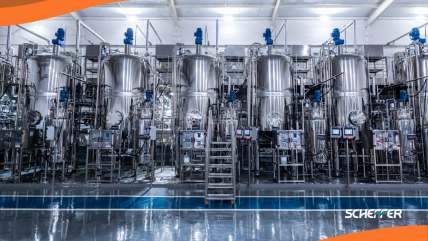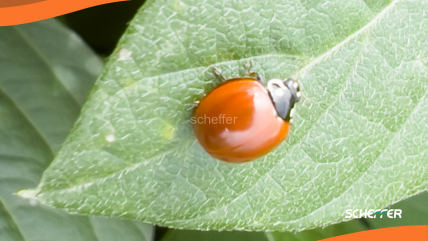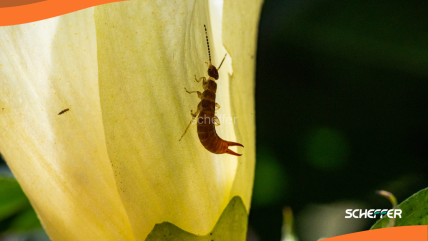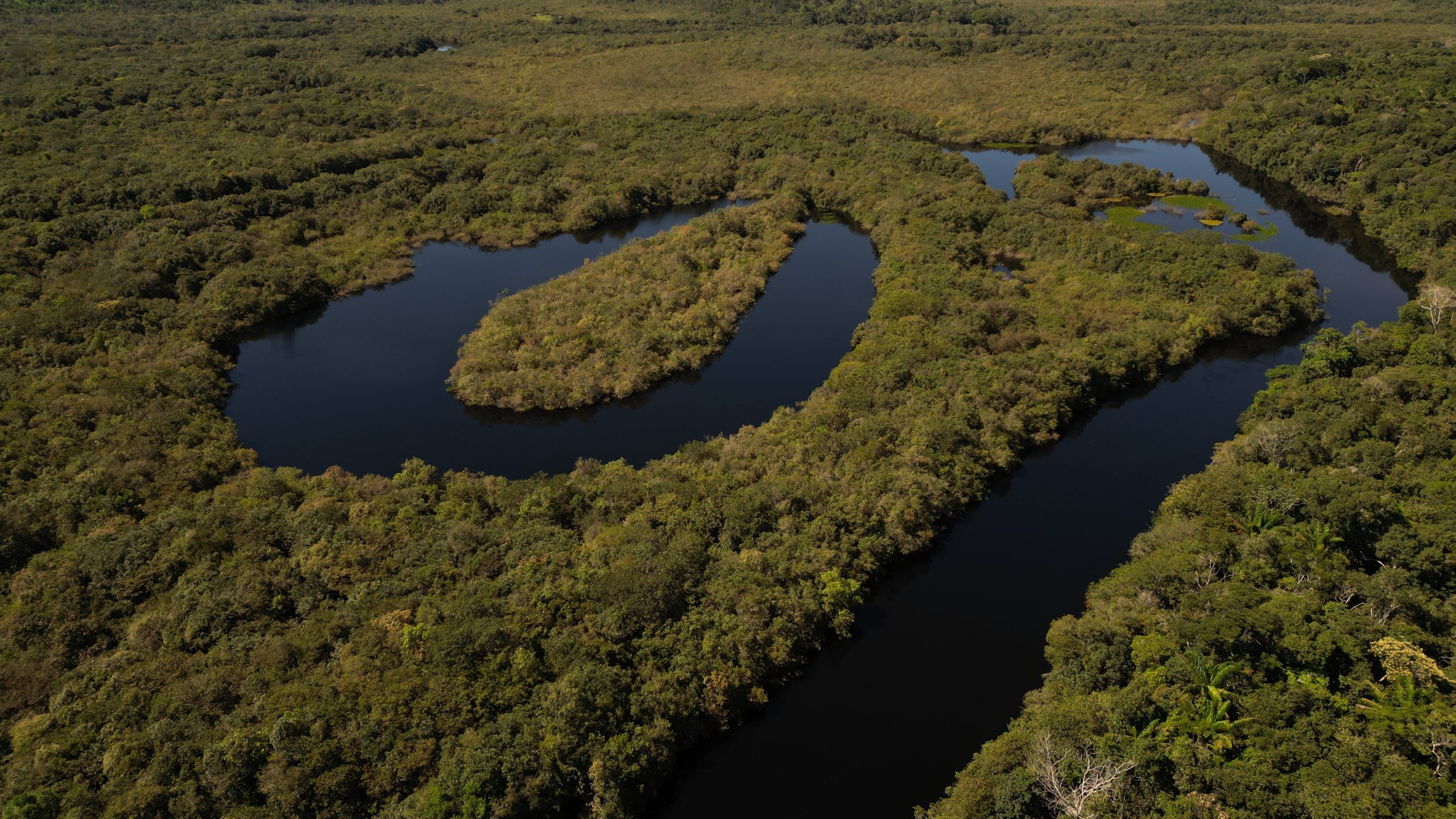Investimento em pesquisa e inovação para evoluir nossas práticas
Aprimoramos nossos métodos por meio da combinação de pesquisas científicas com décadas de experiência em agricultura.
Investimos em laboratórios e indústrias especializadas em recursos biológicos, processos e controle de qualidade. Além disso, contamos com uma equipe multidisciplinar, com cientistas e pesquisadores, incluindo mestres e doutores especializados em saúde do solo.
Ecossistema global
Nos conectamos com diferentes stakeholders para alavancar estudos, inovações e parcerias que promovam a Agricultura Regenerativa no Brasil e no mundo, sempre em busca de uma produção e cadeia de suprimentos cada vez mais sustentável. Conheça nossas principais parcerias:
Equipe especializada

Pesquisa

Indústria de produtos biológicos

Qualidade

Escala
A Agricultura Regenerativa é a união perfeita entre quantidade e qualidade. Atende à grande demanda no mundo por
produtos mais sustentáveis, ao mesmo tempo em que não perde produtividade.
Trabalhamos para
até 2030, sermos um
negócio com práticas agrícolas
100% regenerativas.



